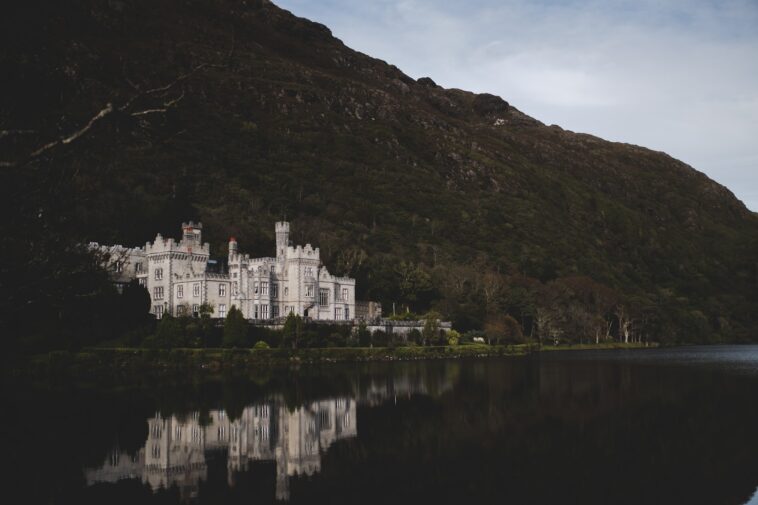Key Takeaways:
- The Victorian era, spanning from 1837 to 1901, marks Queen Victoria’s reign and significant changes in the UK.
- It was a period of political reform, industrial expansion, and social evolution.
- Victorian society was characterized by strict moral standards, significant technological advances, and cultural transformations.
Introduction
The Victorian era, a time of profound transformation and progress, left an indelible mark on the United Kingdom. From the depths of the Great Famine to the heights of the British Empire’s expansion, this period was a crucible of change, influencing everything from societal norms to technological innovation.
Political and Diplomatic History
Political Reforms and Expanding Democracy
The era was a hotbed of political reforms, significantly expanding the electoral franchise and evolving Britain into a democracy. Landmark legislations, like the Reform Acts of 1832 and 1867, widened voting rights and liberalized political structures. The era witnessed both the Great Famine’s devastation in Ireland and the flourishing of the British Empire, establishing peace with other major powers while engaging in conflicts with lesser powers.
Queen Victoria’s Reign
Queen Victoria’s reign, lasting over six decades, was a period of relative stability. Her marriage to Prince Albert and their extensive progeny linked the British royal family with many of Europe’s dynasties. Victoria’s withdrawal from public life following Albert’s death and her eventual resurgence symbolized the era’s complex social dynamics.
Society and Culture
Middle-Class Ascendancy
The Victorian era saw the rise of a burgeoning middle class, which began to eclipse the aristocracy in cultural influence. This period emphasized the sanctity of the family unit, romantic love in marriage, and a clear delineation between home and work life. Women’s roles were predominantly domestic, although the feminist movement began to challenge these norms.
Education and Morality
Education became more accessible, with near-universal literacy rates by the century’s end. The era was marked by a strong moral compass, driven by the evangelical movement and a middle-class ethos valuing charity, personal responsibility, and social reform.
Economic, Industrial, and Trade Developments
The Industrial Revolution’s Impact
This period was the zenith of Britain’s Industrial Revolution, leading to unprecedented economic growth and technological advancements. The textile and machinery industries, coupled with an expanding empire, propelled Britain to global economic dominance.
Child Labour and Social Reforms
Child labour, a grim reality of the era, was eventually mitigated by educational reforms and legal protections. Housing and public health also improved over time, with advancements in sanitation, lighting, and medical care.
Knowledge and Infrastructure
Scientific Advancements
The Victorian era was a golden age for science, with significant progress in fields like electricity, natural history, and engineering. Britain emerged as a technology leader, revolutionizing communication and transportation through inventions like the telegraph and railways.
Moral Standards and Social Expectations
Changing Norms
The period witnessed a transformation in moral standards, emphasizing decorum and restraint. Legal measures against cruelty to animals and children, and decreasing crime rates, reflected these changing societal norms.
Conclusion
The Victorian era was a period of extraordinary change, laying the foundations for modern Britain. From political reforms to cultural shifts, its legacy continues to influence contemporary society.
This article offers a comprehensive exploration of the Victorian era, delving into its political, social, and technological transformations. From Queen Victoria’s influential reign to the societal impact of the Industrial Revolution, it provides an insightful look into a pivotal period in British history.





